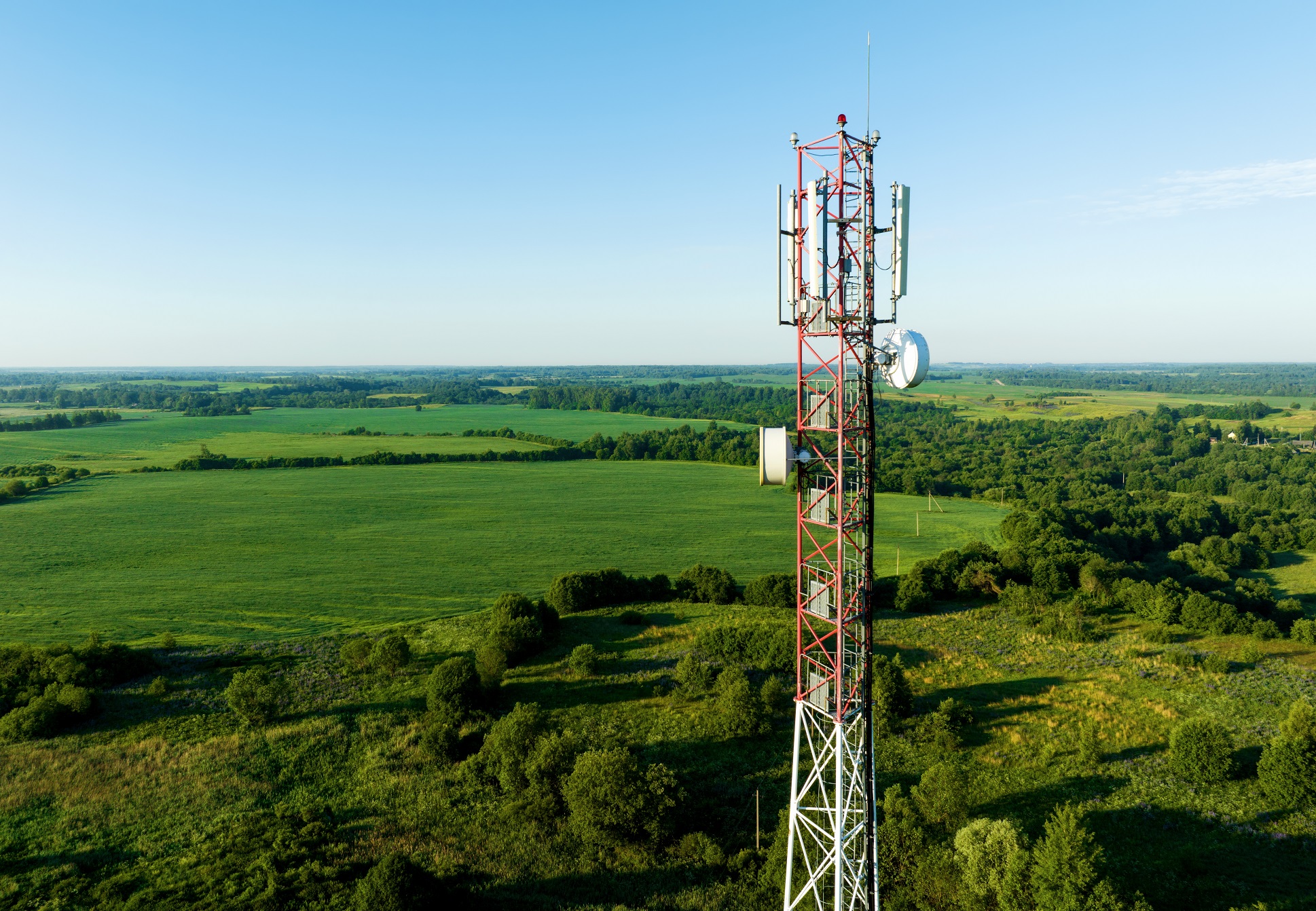5G means Batteries. A lot of them
Application
February 7. 2024
2 min.
Fifth generation mobile network offers a much higher capacity, increased bandwidth and whatnot, but it comes at a price. In order to make 5G efficient, batteries are indispensable.

With the advent of 5G, not only that 4G base stations have to be upgraded or replaced, the number of base stations required for 5G also far exceeds that of 4G base stations. The 5G standard uses much shorter wavelengths, which means that more data can be carried faster, but also a significantly shorter range. Adding to this, transmitting in frequencies up to almost two magnitudes higher than 4G requires more energy. That's why, by 2026, 5G base stations will account for around 2 percent of total electricity consumption in developed countries, as a recent study calculated for the UK.
Given these circumstances, within 5G networks, battery storage becomes even more important than it was the case with 4G. In base stations and other network infrastructure, battery-based UPSs are most often used as backup power sources to keep the installations operational during brownouts, and partially to protect important equipment from power surges. Battery storage is also used to flatten peaks in energy consumption during high load. If these peaks exceed the current draw covered by the flat rate applied by the energy provider, the operator has to pay heavily.
Last but not least, battery storage systems combined with renewable energy sources provide electricity for base stations and other equipment in remote areas where grid power supply is not reliable, or even inexistent. It is this use case which will become increasingly widespread no matter if power grid is available or not in the given location. Since an outdoor 5G base station consumes roughly three times more power than a similarly sized 4G installation, mobile network operators will draw on renewable generation to keep their electricity bills within reasonable limits.
Thus, ever more Base Transceiver Stations (BTS) will be equipped with a supplementary power source in the form of a photovoltaic panel, and battery storage to compensate for peaks and lows in production, or consumption respectively. While until a few years ago, battery systems of telecom installations used large lead acid cells, nowadays, lithium-based batteries are the technology of choice for telco applications. More specifically, base stations batteries are most often composed of Lithium Iron Phosphate (LiFePO4, or LFP) cells.
Compared to, for instance, the Lithium Nickel Manganese Cobalt Oxides (NMC) variety commonly found in electric vehicles, LFP offers a significantly lower energy density both volumetrically and gravimetrically. However, LPF offers a considerably longer cycle life than any other Li-ion chemistry. Usually, LPF cells last for the lower thousands of cycles, a little more than NMC, but under optimal conditions LFP may support up to 10,000 cycles. Furthermore, LFP experience a slower rate of capacity loss, and have an overall higher thermal and electrical stability.
However, in remote and decentralized BTS and Station Controller (BCS) cabinets that need to operate outdoors in high average temperatures or in severely cold conditions, a 48 V or 24 V nickel-cadmium battery system may be the ideal solution. Ni-Cd batteries can operate from -20° C to +50° C and for short durations, they tolerate even -50° C to +70° C without a big impact on the cell's 15-20 years of service life. This means that the Ni-Cd battery system does not need, nor uses up a part of the stored energy for active temperature conditioning.
Whichever chemistry the operator opts for, the decision is based primarily on these qualities, i.e. high cycle life and favorable operation and maintenance costs. Given the fact that, as of early 2024, only the low tens of percent of base stations in developed countries are 5G capable, we will see some major investments into new communication infrastructure in the years to come. And, by extension, into battery manufacturing as well.
| The heart of a mobile network base station is the active antenna unit, or AAU, which consumes about 90 percent of the installation's power supply. Usually, the main bulk of the electricity used by the device comes from the grid – AC power which is converted into DC power through the facility's rectifier module. For if the mains electricity supply fails, or for other reasons detailed above, a typical 5G base station uses a 48 V battery with a capacity of around 200 Ah. That's enough to ensure the uninterrupted operation of the AAU for around 3 hours. However, in specific circumstances, the battery may be sized for a apacity even exceeding 1,000 Ah. In base stations, battery systems come in cabinetized, hybrid, or rack-mounted form depending on the environment they serve in. |
Related articles
Why Batteries are the Pillars of the Digital World
August 2. 2024
2 min.
VíceLet it Roll with Battery Power
July 1. 2024
2 min.
VíceOlé, Olé, Olé, Batteries are Great
June 11. 2024
2 min.
VíceAlong Railway Tracks, Batteries are Everywhere
April 16. 2024
3 min.
Více



